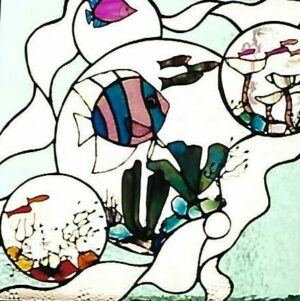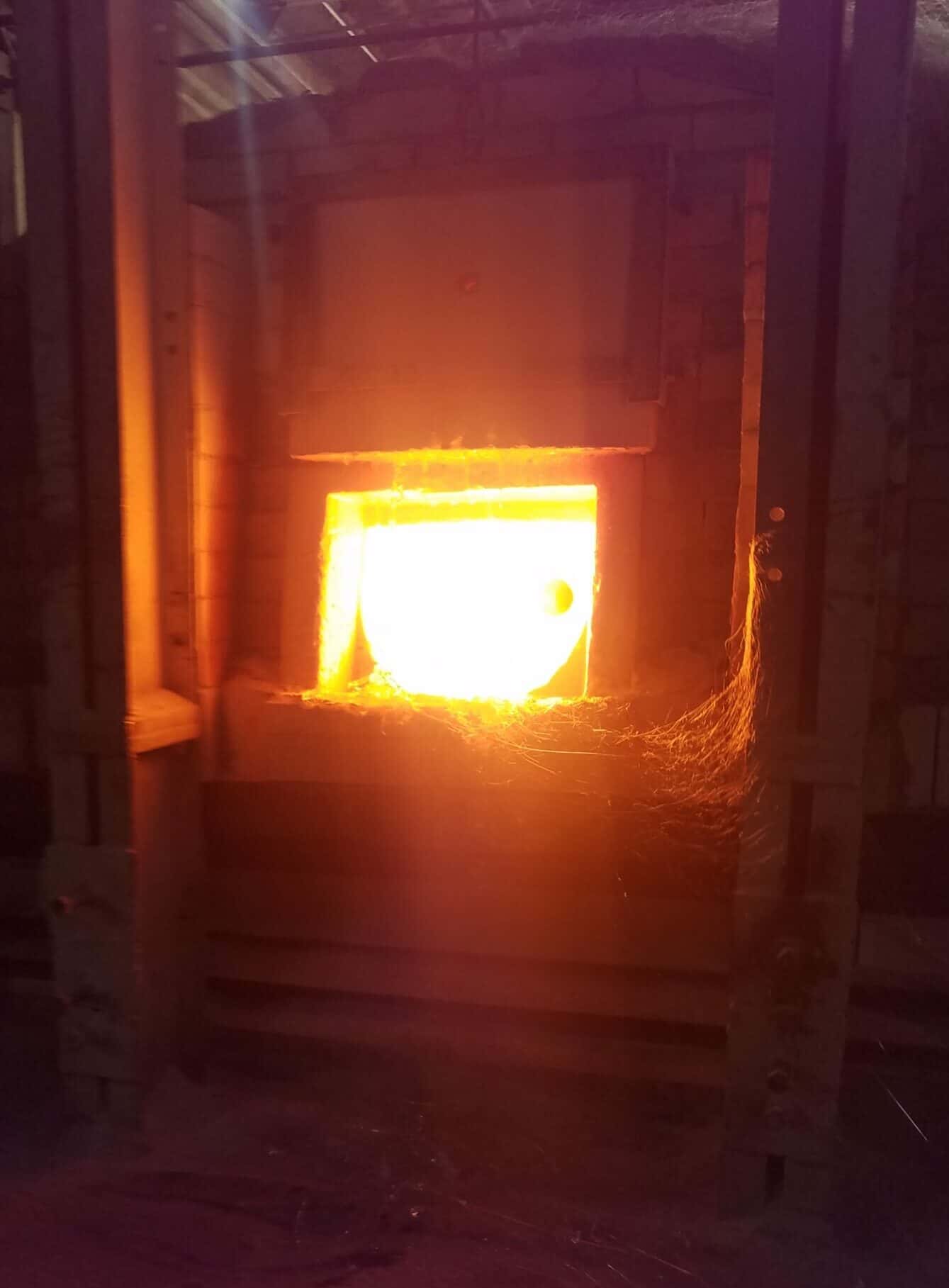I use art glass in all my work, and much of it is still handmade in America the same way it was over a century ago. One of the companies keeping this tradition alive is the Paul Wissmach Glass Company.
We toured their factory in Paden City, West Virginia, and had the privilege of learning about the process firsthand from Dan Lynch. His deep knowledge of the glass industry gave us a rare behind-the-scenes look at how art glass is created.
Follow along as we explore how art glass is made—from raw materials to the finished sheets used in stained glass work.
What is glass made of?
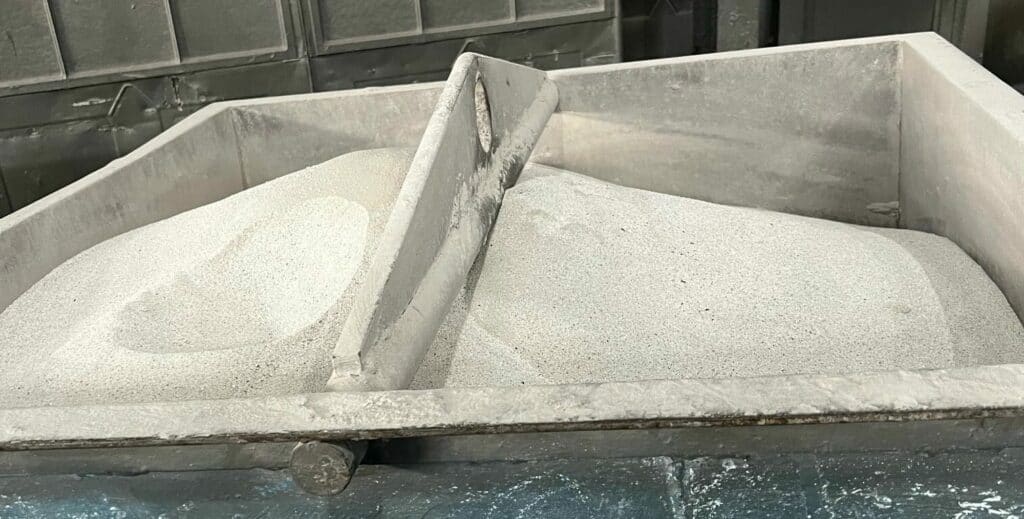
The glass-making process starts with a precise formula of ingredients:
- Silica (sand) – The main component of glass.
- Soda ash – Lowers the melting point of the silica to make production more efficient.
- Limestone – Stabilizes the glass and helps prevent devitrification (crystallization).
- Colorants and other chemicals – The mix of chemicals varies by color and texture, and each company guards its formulas carefully.
Under normal conditions, sand has a very high melting point, which would make glass production too expensive and hard on the kilns. Adding soda ash reduces the melting point, making the process more energy-efficient.
Melting and Preparing the Glass
The raw materials are mixed and added to a day kiln, where they are heated to over 2,000°F until they become molten glass. The exact time and temperature depend on the properties of the specific color mix.
Once melted, large ladles are used to remove the molten glass and transfer it to a mixing table. Here, it is quickly stirred to ensure an even texture and color.
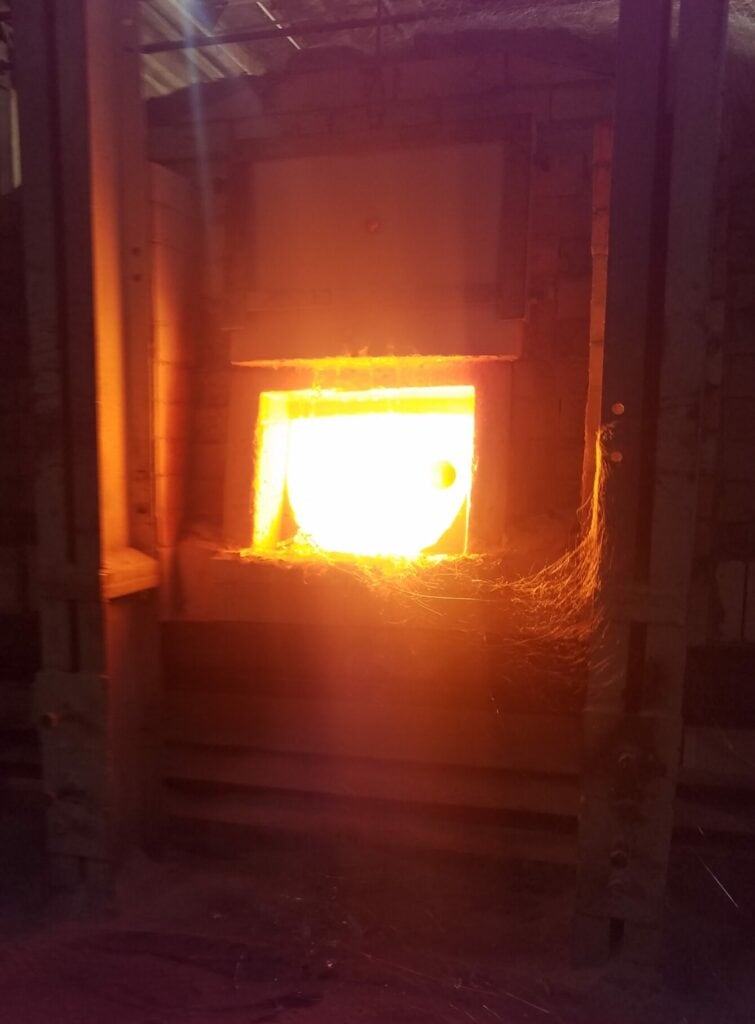
How are glass sheets made?
Glass can be made into sheets a couple of ways. The method used here is to run the molten mix through metal rollers. The texture of the finished glass is created by changing to rollers with different patterns.
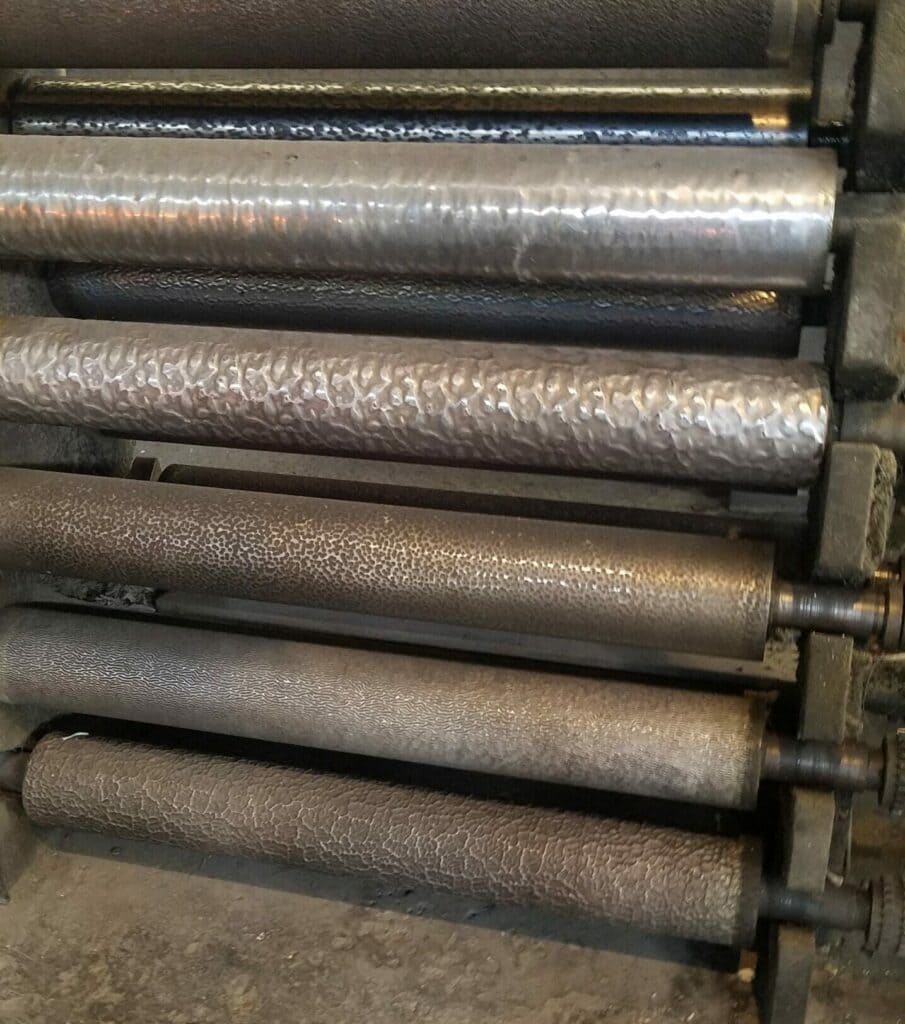
Forming the Glass Sheets
The molten glass is then pushed through metal rollers to create sheets. The texture of the finished glass is determined by the pattern on the rollers, which can be swapped out to create different finishes.
Fun Fact: Wissmach Glass is known for its wide variety of textures—some rollers have been in use for decades!
As the glass exits the rollers, it’s placed onto a table and prepared for the next critical step: controlled cooling.
Cooling and Stabilizing the Glass
The glass sheets are carefully transferred to a lehr (pronounced LEER)—a long oven designed to cool the glass gradually. The temperature inside the lehr starts at over 900°F and slowly decreases as the glass moves through.
This controlled cooling is essential to prevent stress and warping. If the surface of the glass cooled faster than the underside, it would create tension and instability in the sheet. The lehr allows the entire sheet to cool evenly, ensuring strength and consistency.
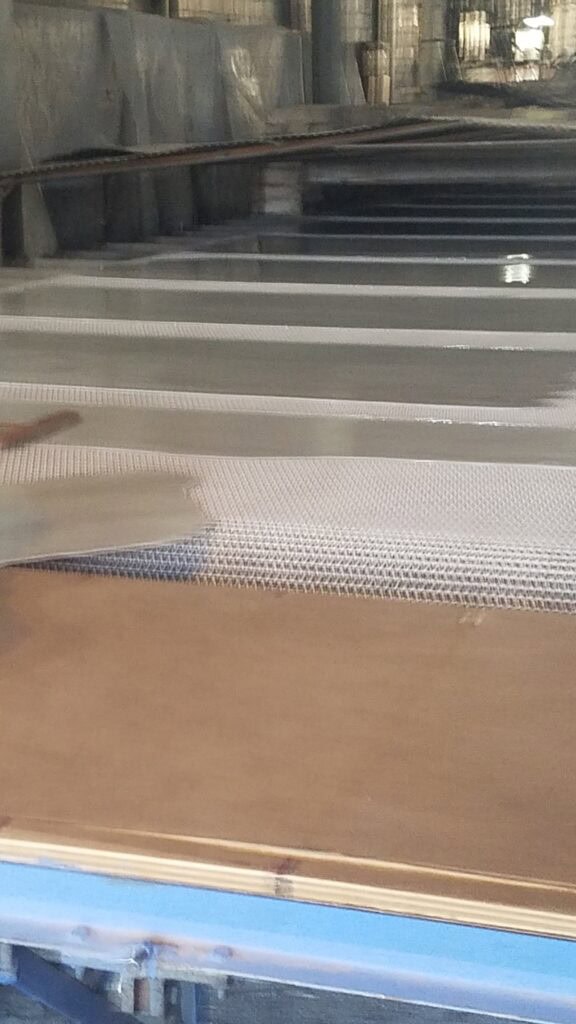
Cutting and Crating the Finished Glass
Once cooled, the glass sheets are cut down to size and prepared for shipping. Wissmach Glass supplies stained glass artists worldwide, including me!
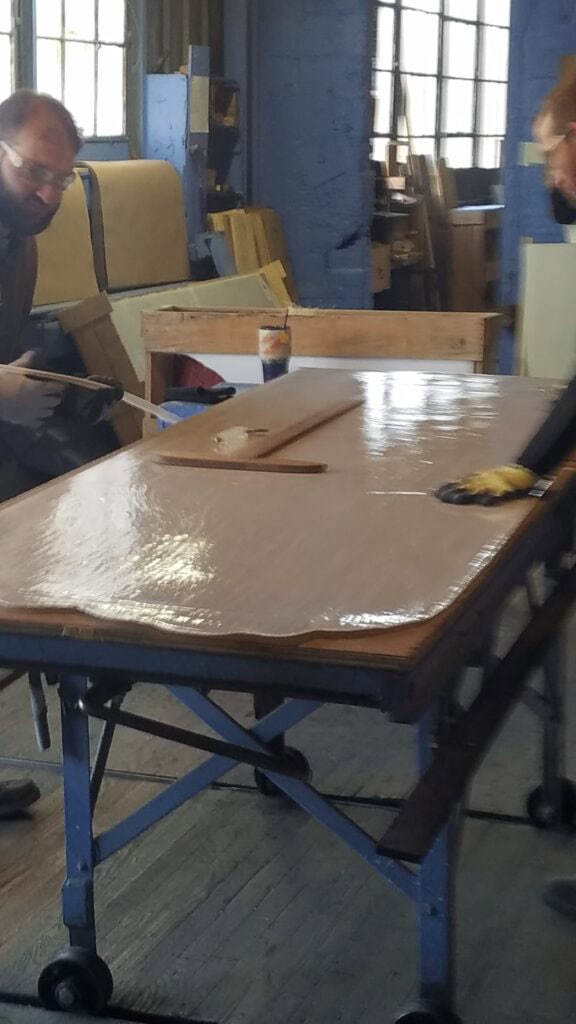
Why This Matters for Stained Glass Work
I hope you enjoyed learning about how art glass is made. Understanding the glass-making process gives me a deeper appreciation for the materials I work with. The color, texture, and quality of the glass influence the final look and feel of each piece I create.
This handmade process ensures that every sheet of glass is unique—just like the finished suncatchers and stained glass panels I make from them.
Please visit https://wissmachglass.com/ to learn more about the Paul Wissmach Glass company and where you can buy the many varieties they make.
